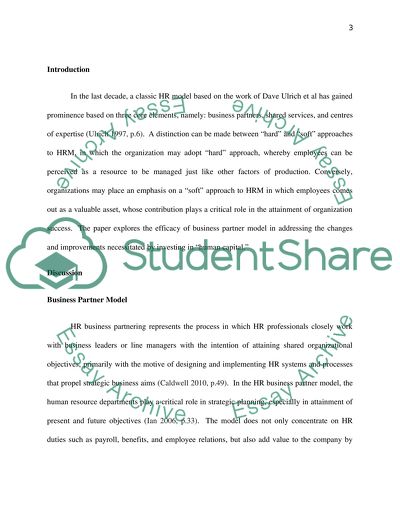Cite this document
(“Business Partner Model Coursework Example | Topics and Well Written Essays - 1500 words”, n.d.)
Business Partner Model Coursework Example | Topics and Well Written Essays - 1500 words. Retrieved from https://studentshare.org/human-resources/1488171-you-have-been-hired-as-consultant-to-the-hr-team
Business Partner Model Coursework Example | Topics and Well Written Essays - 1500 words. Retrieved from https://studentshare.org/human-resources/1488171-you-have-been-hired-as-consultant-to-the-hr-team
(Business Partner Model Coursework Example | Topics and Well Written Essays - 1500 Words)
Business Partner Model Coursework Example | Topics and Well Written Essays - 1500 Words. https://studentshare.org/human-resources/1488171-you-have-been-hired-as-consultant-to-the-hr-team.
Business Partner Model Coursework Example | Topics and Well Written Essays - 1500 Words. https://studentshare.org/human-resources/1488171-you-have-been-hired-as-consultant-to-the-hr-team.
“Business Partner Model Coursework Example | Topics and Well Written Essays - 1500 Words”, n.d. https://studentshare.org/human-resources/1488171-you-have-been-hired-as-consultant-to-the-hr-team.


